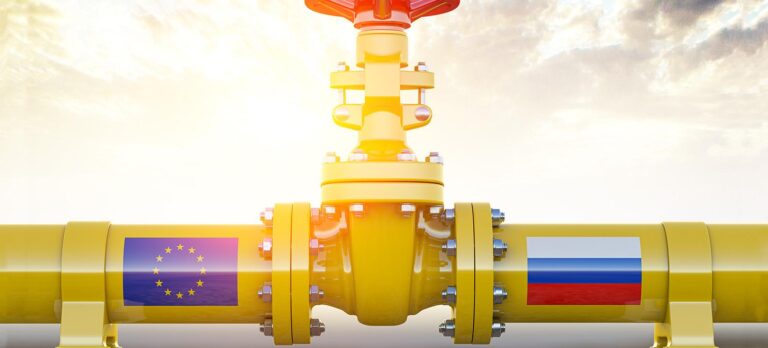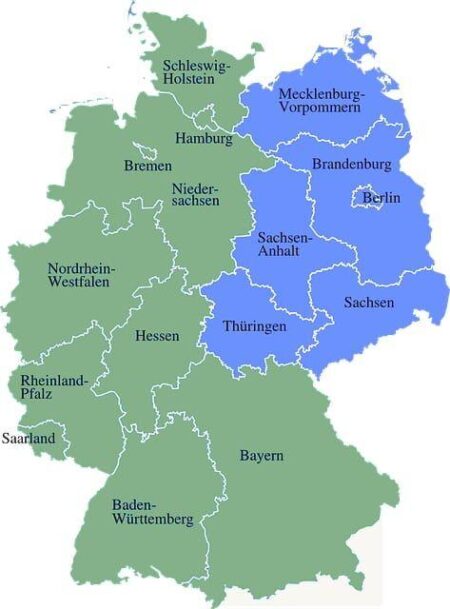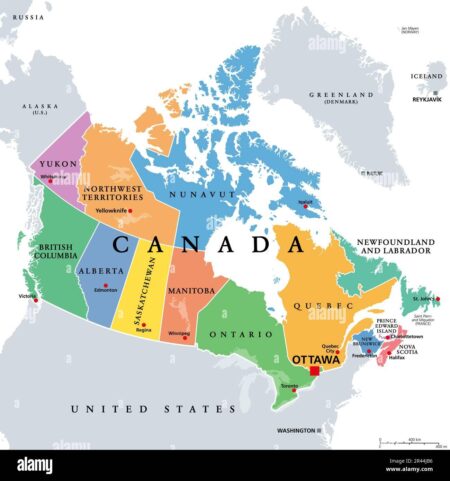As the conflict between Russia and Ukraine intensifies, the battle for energy dominance has emerged as a critical front in the broader geopolitical struggle. The New York Times explores how Russia’s control over vital energy resources and infrastructure is reshaping global markets, influencing Western sanctions, and impacting energy security across Europe and beyond. This energy war is not only a test of economic endurance but also a decisive factor in the ongoing power dynamics of the 21st century.
Russia’s Energy Leverage and Its Impact on European Markets
Russia’s control over significant energy resources has long been a strategic tool influencing European political and economic stability. As tensions escalate between Russia and Ukraine, this leverage has manifested in reduced gas supplies and fluctuating pricing, intensifying the continent’s energy vulnerability. European nations, heavily reliant on Russian gas, face not only soaring costs but also the pressing challenge of diversifying their energy portfolios to mitigate risks. The ripple effects extend beyond energy alone, impacting industrial output, inflation rates, and consumer confidence across the region.
Strategies adopted by Europe in response reveal a patchwork of short-term emergency measures and long-term realignments. Innovations such as increased LNG imports, accelerated investment in renewables, and the creation of strategic reserves showcase a pivot towards energy independence. However, the transition remains uneven across member states, with some nations bearing the brunt of supply limitations more acutely. The table below summarizes key indicators reflecting the current state of European energy dependencies and responses:
| Indicator | Pre-Conflict Level | Current Status | 2024 Projection |
|---|---|---|---|
| Russian Gas Imports (%) | 40% | ~20% | 10-15% |
| Renewable Energy Share (%) | 30% | 35% | 40% |
| Strategic Gas Reserves | 60% Capacity | 85% Capacity | 100% Capacity |
| Energy Prices (Index) | 100 | 180 | 120-130 |
Ukraine’s Strategic Response to Disruptions in Gas Supply
Facing persistent interruptions in gas deliveries, Kyiv has rapidly diversified its energy sources to fortify national resilience. The government prioritized reverse flow mechanisms with European partners, enabling Ukraine to import gas from Western European suppliers via Slovakia, Hungary, and Poland. This strategic pivot has lessened dependency on Russian pipelines, which remain vulnerable to geopolitical tensions and sabotage. Concurrently, investments in domestic gas storage facilities have been accelerated, leveraging depleted fields as buffer zones to secure winter supplies amid fluctuating imports.
In addition to supply diversification, Ukraine’s response includes aggressive energy conservation campaigns and modernization efforts.
- Upgrade of gas infrastructure to reduce leakages and improve efficiency
- Incentives for industrial shifts toward less gas-intensive processes
- Support for renewable energy projects, particularly solar and wind farms to lessen overall fossil fuel reliance
These measures reflect a holistic approach to energy security, balancing immediate contingencies with long-term transformation in a high-stakes environment.
| Strategy | Impact | Status |
|---|---|---|
| Reverse Gas Flow Imports | Reduced Russian dependency by 60% | Operational |
| Gas Storage Expansion | Increased reserves by 35% | Under Development |
| Infrastructure Modernization | Cut transmission losses by 15% | Ongoing |
| Renewable Energy Initiatives | Added 250 MW solar capacity | Pilot Phase |
Policy Recommendations for Ensuring Energy Security Amid Ongoing Conflict
To mitigate the repercussions of disrupted energy supplies, governments must prioritize diversification of energy sources. This includes accelerating investments in renewable energy infrastructures such as solar, wind, and hydroelectric power, reducing dependence on any single geopolitical region. Strategic reserves should be expanded and modernized to ensure buffer capacity during sudden supply shocks. Additionally, strengthening international energy partnerships and creating transparent, agile energy trading platforms will enhance resilience and allow for rapid adaptation in fluid conflict situations.
Policy frameworks should also emphasize energy efficiency and demand management as critical tools. Implementing nationwide programs that encourage reduced consumption during peak times can alleviate pressure on strained grids. Governments could incentivize industries to adopt cleaner, more efficient technologies while enhancing grid interconnectivity within and across borders to facilitate emergency energy sharing. Below is a summary of key recommendations designed to fortify energy security:
- Expand renewable energy capacity and infrastructure
- Increase and modernize strategic energy reserves
- Foster global energy cooperation and market transparency
- Implement demand response and energy efficiency initiatives
- Enhance grid connectivity and smart grid technologies
| Policy Measure | Primary Benefit | Implementation Timeline |
|---|---|---|
| Renewables Expansion | Reduced dependency on imports | 3-5 years |
| Strategic Reserves Upgrade | Buffer against supply shocks | 1-2 years |
| Energy Efficiency Programs | Lower consumption during crises | Immediate to 2 years |
| Grid Modernization | Improved energy sharing and stability | 2-4 years |
Final Thoughts
As the Russia-Ukraine energy conflict continues to unfold, its ramifications extend far beyond the immediate battleground, reshaping global energy markets and geopolitical alliances. With both nations wielding energy resources as strategic tools, the crisis underscores the fragility of supply chains and the urgent need for diversified energy strategies worldwide. The evolving situation demands close attention, as the implications for economic stability and international security remain profound and far-reaching.




